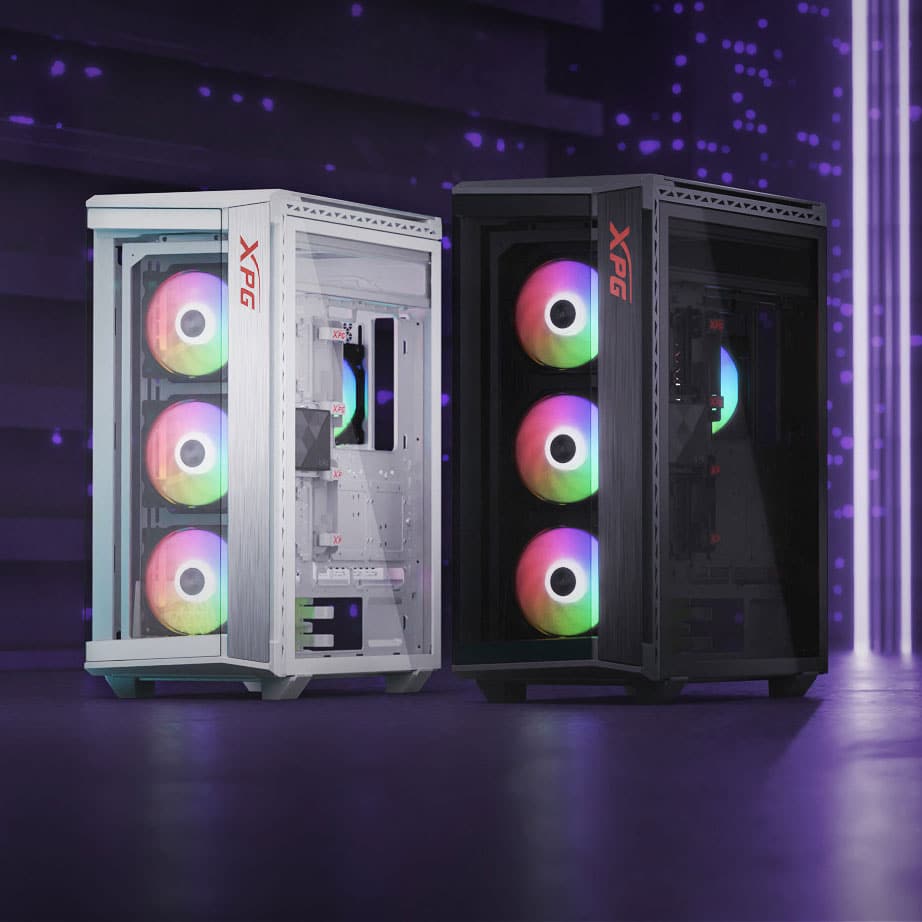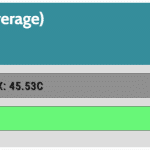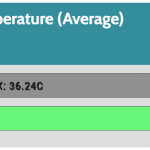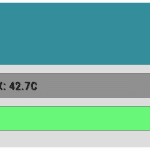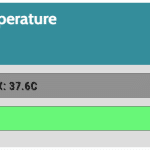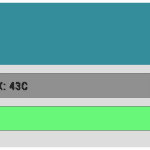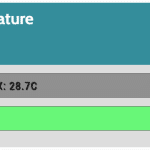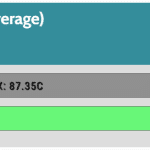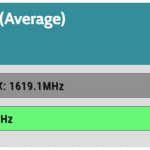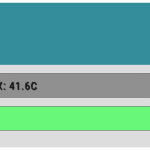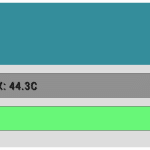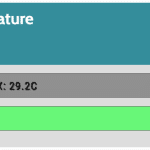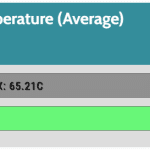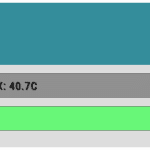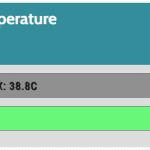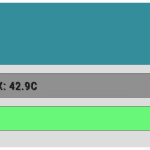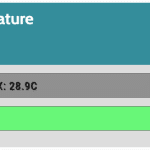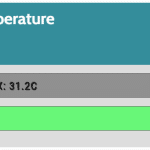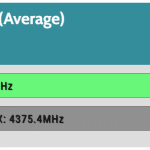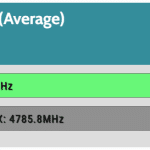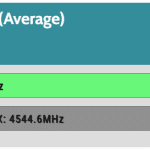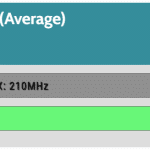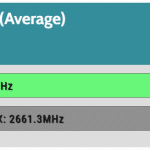Thermal Performance – Noise Normalized 25 dBA
This is the second chassis review I make following the new methodology for thermal evaluation, so you will find only two entries in the charts below. Soon enough, there will be plenty of them, though!
IDLE Thermal Results
At idle, the be quiet! Shadow Base 800 FX performs notably better than XPG’s offering.
Torture (Prime95 + Furmark) Thermal Results
In the demanding torture test, most parts have around the same operating temperatures, but I noticed a high difference in the PSU’s and chassis’ exhaust temperatures. The last I can explain because I moved the sensor from the edge of the fan that I had during the be quiet! chassis review to a little closer to the middle, so it is in the fan’s airflow, but the PSU’s probe position remains unchanged.
Gaming Results
The VRM runs hotter in XPG’s case. Still at 42.3C, this is not a problem.
CPU & GPU Average Clock Frequencies
We have to look at the average CPU and GPU clocks to have the complete picture since higher clocks mean more thermal load, which pushes the cooling system more. If we have two cooling systems with only a 1-2 degrees Celsius difference and a 100-200 MHz difference in the clock speeds of the CPU or the GPU, it is easy to find the best performer.
These are the most important charts. In the torture and game charts, the XPG Battlecruiser II loses notably to the be quiet! chassis in CPU frequencies. On the contrary, the XPG’s chassis achieves a bit higher average GPU operating frequency in the torture test.
